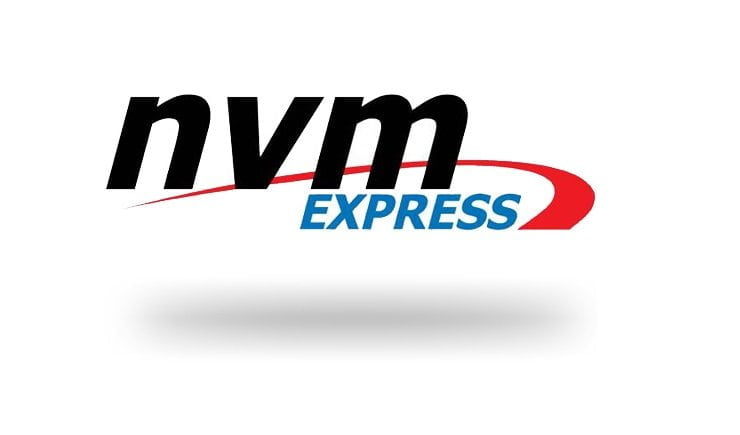Hosting on SSD NVME fast drives
Earlier we launched new Wordpress hosting rates on SSD NVME disks, now we have launched VIP hosting on them. Let’s talk more about how SSD NVME is different from conventional SSD drives.
We try to use the latest available technology for hosting, which are already stable enough for their daily use. I remember about 9 years ago in 2010-2011, when Hitachi and Seagate released the first available SATA disks for 1000 GB, we had to order them from a neighboring country and send them by train, as they were not yet sold in Ukraine. And after successful tests, we began to use them on the hosting. Among the first Ukrainian hosts we also began to use SSD drives for shared hosting, this was in 2015. Now the new SSD NVME drives have successfully entered the market.
So what is the difference between NVME SSDs and regular SSDs?
The first and most important difference is the connection interface. For more than 15 years in this area there has not been a fundamental change, that the aging HDD drives that the newer SSD all connected via SATA interface. And if with HDD disks this was not a big problem, since the speed limit was more at the level of physical speed of the disk, but with SSD disks connection interface becomes a “bottleneck” in speed. The latest, third version of the SATA interface, which is now the most common, has a speed limit of 600 MB/s. While even the most inexpensive mass SSD drives have a reading speed of 500 MB / s, and more, that is already the interface limits the speed of the drive.
To get around this limitation, the idea was born to use the interface to connect SSD drives PCI Express, with speeds ranging from 8 to 32 GB/s, depending on the version. The first versions of SSD drives that could be connected via PCI Express had a number of problems – with software support, with driver updates. But since 2014, when the NVMe 1.2 standard came out, these drives were already quite serviceable and usable.
NVME was designed with SSDs in mind and is therefore fundamentally different from AHCI (which was used on SATA). NVME can support up to 64,000 command queues, whereas AHCI had only 1 queue of 32 commands.
Since the end of 2018, the prices of these drives have dropped to a level where they become justified for use in Enterprise solutions.
Comparison of NVME SSD and SATA SSD speed.
We ran some tests to compare the speed, within standard hosting servers, and compared 2 drives, one regular SSD connected via SATA interface and a NVME SSD enabled via PCI Express.
Do the IOPS test – the number of requests per second.
The test is done with the fio utility, with the command:
fio --randrepeat=1 --ioengine=libaio --direct=1 --gtod_reduce=1 --name=test --filename=test --bs=4k --iodepth=64 --size=4G --readwrite=randrw --rwmixread=75
This command creates a 4 GB file and performs reads and writes in blocks of 4 KB in 64 threads.
The result is an SSD on SATA:

We are interested in IOPS
Combined recording: 5,343 operations / sec
Combined reading: 15,000 operations/sec.
Result of the SSD on NVME:

Combined recording: 44,700 operations/sec.
Combined reading: 134,000 operations / sec.
As you can see, the difference in the result is an order of magnitude.
We do one more test for the reading speed of a 1 GBfile, using the command dd, which can be found in any Linux distribution. In this case we are checking the reading speed of the file we previously created.
dd if=/tmp/test.img of=/dev/null bs=1M count=1024
The result is an SSD on SATA:

Result of the SSD on NVME:

As you can see the difference in reading speeds of 6 times, in favor of SSD NVME drives.
At the moment we are using high-speed SSD NVME drives in two hosting lines: hosting for Wordpress and VIP hosting. But in the near future we plan to start switching to new drives on regular hosting as well.



